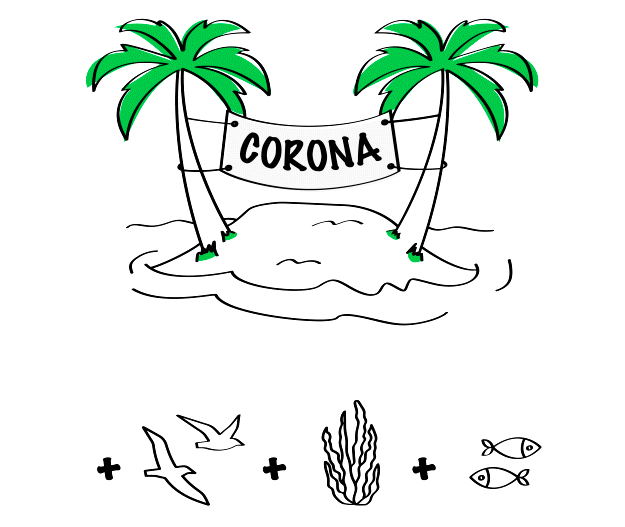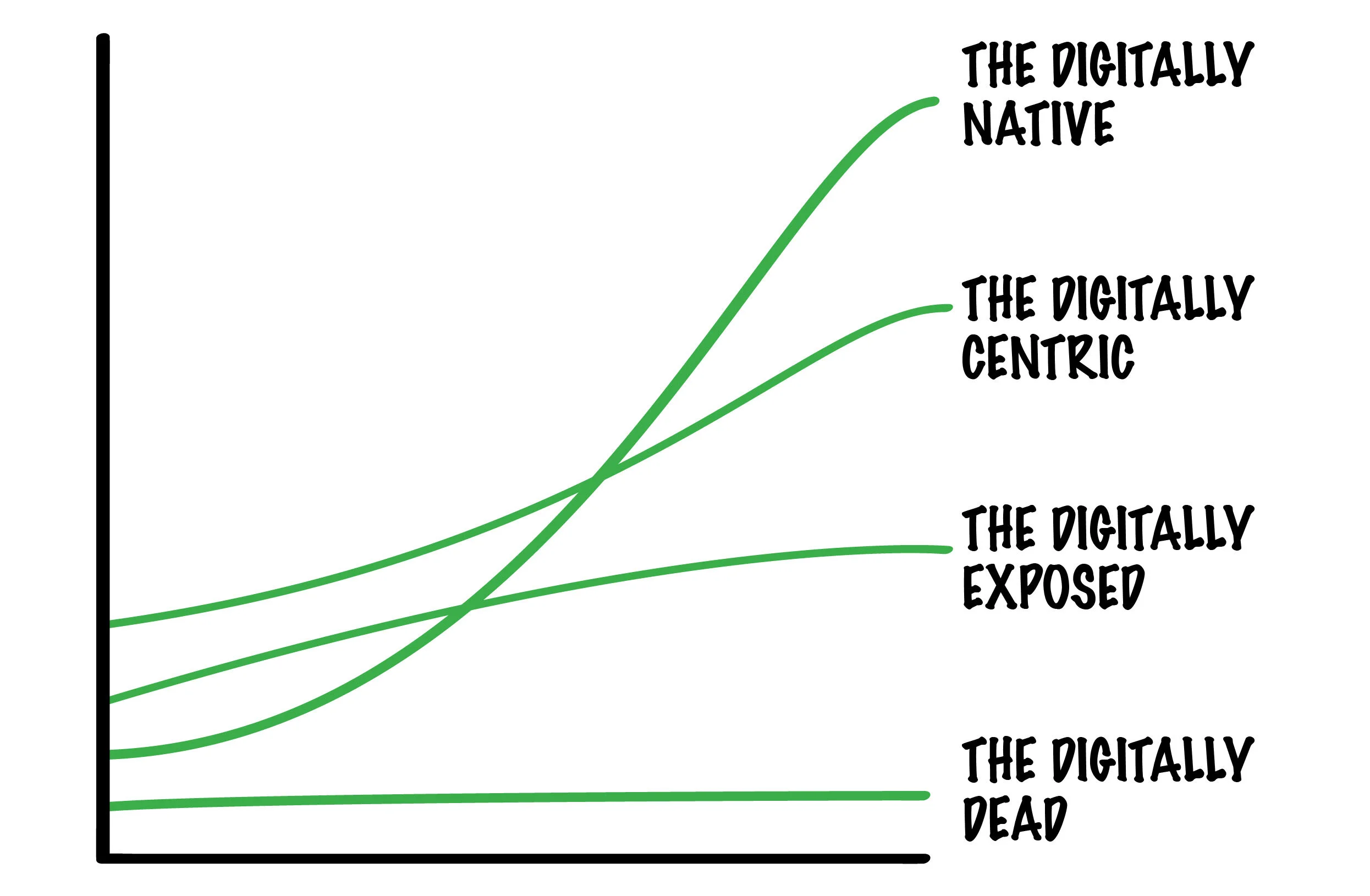What killed business as we know it? Not Coronavirus
Does it ever come back?
This week I watched Vela (a You Tube Vlog) starring a slightly subdued (possibly drugged) John John Florence, his little bro and a few mates who looked equally non plussed, sail around some mid-Pacific islands from Oahu. One of the islands they visited was called Palmyra Atoll. It was levelled during World War II and turned into a staging base by General MacArthur for his assault on Japanese controlled territory. All that was left of a once thriving island was the sand and some concrete bunkers. Post bulldozing, Palmyra was plagued by rats and mosquitoes that stopped birds from reproducing and spreading disease.
But today, some seventy years later, the island is back to being vibrant. It shows us what a healthy ecosystem looks like if, even after great devastation, it is protected and then left alone. The fish are abundant, the coral unbleached, the birdlife varied and the water clean. Watching the location on Vela was a delightful virtual visual break from life indoors and for what its hosts lack in personality the background more than made up for it. It also got me wondering though what fish, what plants, what birds and what coral actually came back after the US Marine Corps had handed this island back to nature.
Turns out after a few too many Google searches, not many on their own. It took a second human intervention to restore the conditions that allowed nature to thrive. No rats, more birds; more birds, more poo; more poo, more plankton and plants; more plankton and plants, more fish; more fish, more birds. The circle is restored. My own life on Corona island has left me with two simple impressions: firstly, that we are as interconnected as life on Palmyra and, secondly, that I also smell a rat.
The problem with accepted wisdoms
For every Virgin and PAS group who will not see the other side of our economies time on life support there is a Wesfarmers strong enough to withstand owning a brand without a position like Target or a CBA who are able to raise and retain enough money to bunker down during their time on the bench of team Australia. Most of the talk in the brand strategy and communications world has been about taking this time to reassess your strategy, look at your brand portfolio and generally clean your house while we are on ‘pause’. Adjusting is good and there are always changes on the edges that will improve your situation but there is a deeper question to answer: ‘Is your patch worth fixing?’ That depends on whether you have a rat eating your eggs or you have already eradicated the invasive species from your business model. The backdrop most seem to forget is that coming into the crisis most business were already as lean as they can be. They were fighting fit. The real question this virus poses economically is what side of the digital divide did it find you on?
Did software already eat the world?
The famous Mark Andresson article in 2011 posed a simple premise: software is eating the world. Much like our rats of Palmyra, the real staying power of the observation is that he saw that software did not just selectively eat certain industries, it ate everything in the value chain and transformed what was physical into digital. Software is a tool of efficiency, not a tool of expansion. For every disruptor the truth is they used software to exploit an inefficiency. Whether that is time, value or utility. Software makes life easier to speed through, our decisions more informed and our purchasing power higher.
When viewed through the lens of a virus that stops human interaction in its tracks the digitisation of our world only becomes more apparent. Travel down 90%, Zoom demand up 3000%; cafe dining down 80%, door delivery or takeaway up the same; cash transactions down 60%, tap and go up just as much; and, of course, the NBA shut down but the 'Last Dance' just as awaited as any Game 7 in a final series. Hindsight is wonderful. My gosh how much chalk did Jordan actually put on his hands and #Pippenwasunderpaid. None of these things are new but all have been accelerated. You can’t sit in a classroom but you can go to a virtual class. The thing is, you could do that already. It was your want and need for other elements of the experience that saw you in a lecture theatre. Besides plexiglass screens everywhere I am not one who believes the new normal will be much different than what was happening before, because we are still human and we crave connection through proximity. It will however speed up our entry into the apex of the corner of a digitally-based economy.
Where are you on the curve?
Software has stepped in; from fixing the backend of business to becoming the key driver of your engagement and fulfilment with consumers. A virus did not instigate that but as with any defining event in history all it does is accelerate the trend. The Vandals at the gates did not end ancient Rome, all they did was speed up its decline brought on by decades of decay. We face a similar challenge but are unlikely to see a similar fate thanks to what the local’s local Jeff at my surf break rightly calls not JobKeeper, but PeaceKeeper. While our Government has busted out moves that would make Air Jordan proud all they have bought is hang time to take the right option.
We are once more a lucky (read, actually quite prepared and strong) country with a low debt to GDP ratio that can afford change with a population that doesn’t spend all its days arguing over who is right or wrong. The stimulus must be matched with a reform agenda that reflects how a digital society works. From taxing cars to taxing how you drive them, change is back firmly on the debate stage. What do you do as a society when the primary agent of commerce is further splitting your world into fewer bigger winners and smaller more agile survivors? The truth of the modern age is this and we all know it. Since software crossed over onto the desktop with Windows, real incomes have stagnated or declined. Productivity eats its own children and here’s to hoping Scomo’s sweaty palms are capable of hitting a clutch shot.
Where are you on the digital curve is the right question.
There are broadly 4 points on the curve:
The digitally native. Born into it, these organisations are now the largest and most powerful companies in the world. With access to more capital, more data and recurring revenue they define modern life. Amazon, Apple, Google, Facebook and Microsoft. No matter where you find yourself on the curve, Australia has once again bought the country time to transform and its companies time to re-invigorate their businesses and brands.
The digitally centric. These are organisations who addressed time, value or utility to transform an industry. Think of profitable businesses like Spotify, Netflix and Sonos and dumpster fires such as Uber, WeWork and Deliverwho?
The digitally exposed. Legacy organisations who have invested in becoming omni-channel. Think Nike, Walmart, Disney and Sephora.
The digitally departed. These are organisations who got run over mostly through their own doing. Think Toys "R Us, Blockbuster, Sears, Blackberry, and Barnes & Noble.
—
Be better to each other.



